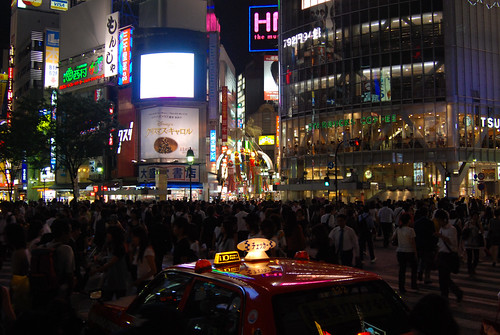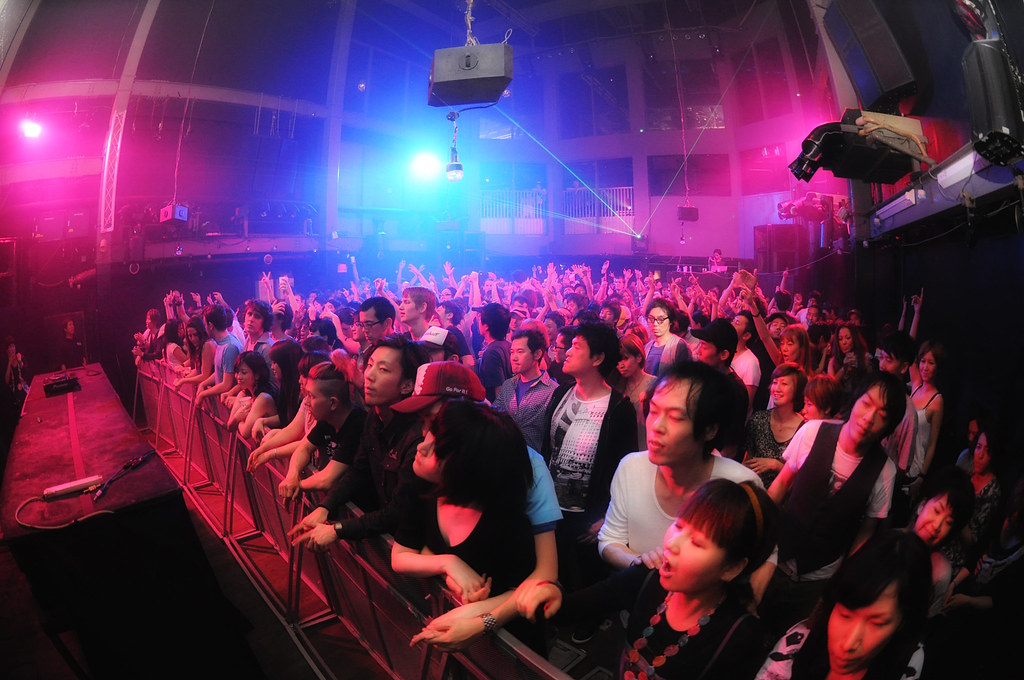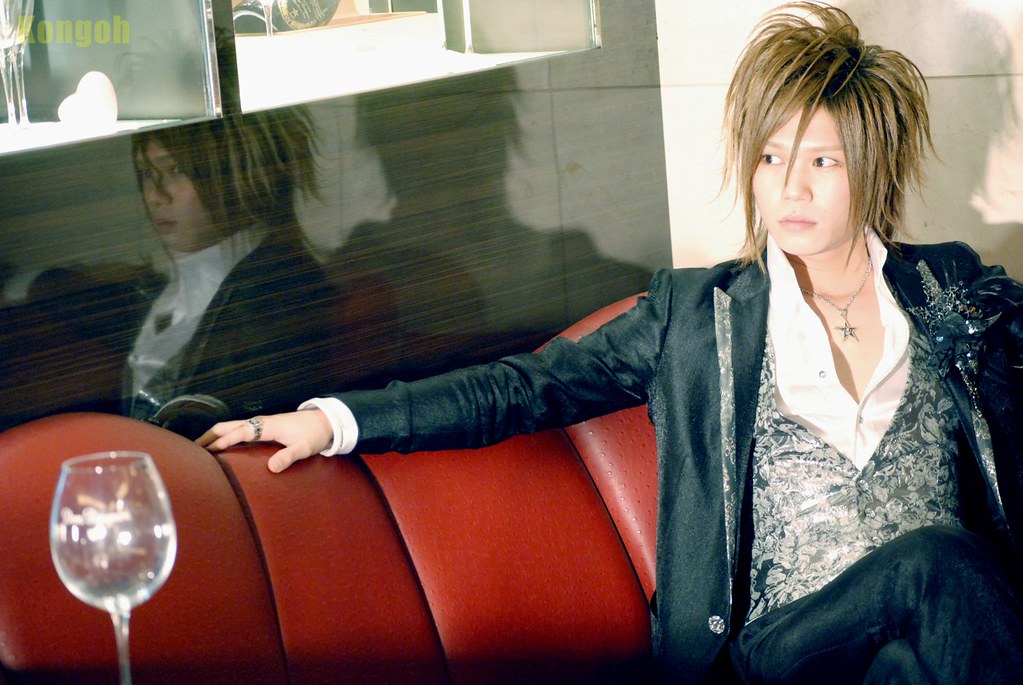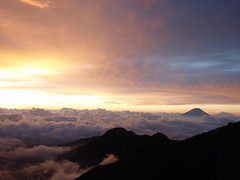I worked and lived in Tokyo for two of the three years I was in Japan, and I have to say – it’s one of the most interesting and vibrant cities I can imagine. There are thousands of things to do, and even during the span of three years, I still didn’t do everything. I did, however, have the great luck to experience some awesome sights, and made a few accidental discoveries I’m pleased to say worked out for the best.
If you need to stay in Tokyo on a budget, I highly recommend Sakura Hostel in Asakusa. You can book one of their dormitory beds for super cheap, especially right now, since they’re giving a discount to anyone visiting so soon after the March 11th quake and tsunami. At 1,500 yen per night, you’d be hard-pressed to find a cheaper Manga Kisa (the staple sleeping quarters of the budget tourist). If you’re traveling as a pair, you can snag a twin room right now for 5,500 Yen (usually 8,300 yen). Sakura Hostel in Asakusa also has 24-hour reception, English-speaking staff, and super-clean and new rooms.
If you’re landing in Japan in the evening, I suggest dropping off your stuff at the Sakura Hostel and hopping on the Ginza line to Shibuya. You might as well make use of your jet-lag to party, right? Shibuya has some of the best restaurants around, and if you’re really looking to get into the night-life scene, I recommend going out the Hachiko exit and walking straight across Scramble Kosaten (Scramble Cross-Walk). Here, you can marvel at all the glittering, billboard-sized screens, buildings plastered with the latest TV Drama and J-Pop stars, and the eclectic mash of humanity streaming through the station.
If you need a little pick-me-up, step into the TSUTAYA’s Starbucks and grab a drink, head up to the second-floor seating-area and wait for a window-seat to open up. (view here) People watching in Shibuya is fantastic – you’ll see a flood of business suits interrupted by school uniforms, sequened dresses, Sweet Gothic Lolita girls with flouncy pink dresses covered in cupcakes, the infamous Shibuya Gyaru (and their male counterparts, the Gyaru-o) with their deep-tanned skin, bleached hair, and bondage-like clothing.
When you finish your drink, head down Sentagai-dori (the pedestrian street to the left of TSUTAYA, dead center in the above picture) and head toward the HMV sign. Walk past the HMV and take a right at the corner, cutting through the alleyway to the connecting street beyond. Here, you’ll find a lot of the classier shops like Coach and Zara, mixed in with electronics, games, books, and other paraphernalia.
 |
| I wasn't kidding! |
Take a left and walk past the funny-looking split in the road (bear left). You’ll see a blue and yellow Book Off sign, and the building across from that is called BEAM (map/street view). On the seventh floor of the BEAM building is J-POP café (alternate English page). Featured in the movie Babel, this futuristic café is a bit pricy depending on how many GLOWING DRINKS your order, but often hosts performances and other events and is well-worth the cost.
J-Pop café closes at one on weekdays, and 5AM Friday-Saturday. If it’s a weekday, head back down to the entrance of Sentagai (by the TSUTAYA) and snag a discount flyer from one of the club hawkers (I recommend Camelot) and get your juices flowing on the dance floor. Studies show that one of the best ways to combat jet-lag is by exercising, so boogie on.
Around 4AM, slip out of the club and, if you’re in heels, change into flats. Try to convince your new club friends to go with you to Tsukiji fish market. The cost of a cab at this time of night might be a little high, but it’s about the only way you’ll get to this world-famous fish market in time for the real spectacle. One bonus of making friends is splitting cab-fare! Be aware that the fish-market is closed on Wednesdays and Sundays. Note: Currently, the Tuna auction is closed to tourists due to the effect of the March 11th quake, but there's plenty else to enjoy!
 |
| The Coolest Fish-Vendor Ever |
Snag a breakfast of the freshest, cheapest fish you’ll ever eat. You can get breakfast right there in the market, or look around for one of the many sushi restaurants offering a great deal. Once, I accidentally went to Tsukiji on an off day, and was lucky enough to find an open vendor on a nearby street.
This super-nice guy gave Raven and me free fish and beer, and asked us to come back on an open day to see him. It’s possible to get enough samples to assuage your hunger, but I recommend you take advantage of the cheap prices and stuff yourself on fish fit for a king.
When you’ve had your fill of the fish market, take a walk down the street to Hamarikyuu Garden – a famous park remodeled in the early 20th century on the site of the Tokugawa family villa.
 |
| Caution: friends may try to throw you into the Sumida River. |
From this park, you can take stunning pictures of a traditional Japanese garden, as well as Tokyo tower in the distance. Walk around, and buy yourself a ticket on the Water Bus for a leisurely ride up the Sumida River back to Asakusa. Keep an eye on the cityscape and bridges, and if you've packed yourself a snack, don't be shy about chowing down.
When you get off the Water Bus, you can either walk to the historic district of Asakusa or buy the services of one of the many rickshaws. If you speak a little Japanese, try to get the rickshaw-guy talking. The rickshaw-guy Adryn and I had in Hokkaido wouldn’t shut up, and we ended up learning tons of neat local history from this one knowledgeable guy. We also got some great suggestions for restaurants and shops.
 |
| The two on the left-hand side, middle shelves are the best. |
Tired yet? I’m betting so. Pop into any convenience store and grab one of the many energy drinks on display. Yes, they have Redbull in Japan, but the local brands are cheaper, taste much better (in my opinion), and work just as well. I recommend Ripobitan D or Oronamin C for flavor and effectiveness. Tokyo summer afternoons are hot, so if you haven’t packed sunscreen, sunglasses, and moist towelettes, pop into the nearest Conbini (convenience store) for an emergency supply. Swipe some deodorant spray or deodorant wipes while you’re at it, to avoid being THAT gaijin.
When Raven and I did this particular tour, we were coming from home in Shimokitazawa, and I hadn't thought to wear sunscreen. By the time we spent an hour in Asakusa, I was thoroughly sunburned.
There are thousands of guides to Asakusa itself, and you should have no problem finding one to fill up at least a few hours of your afternoon. I definitely recommend taking pictures with the statues at Kaminarimon (the Thunder Gate). Raven and I might not have been super-reverent about it, but it got a laugh out of the Japanese tourists, a good number of whom decided to do the same thing. Also, there’s a great soft-serve ice cream shop right next to the main temple in Asakusa, where you can eat such wild flavors like Lavender, Rose, and Soy Milk.
Pop into a ramen shop for dinner, and head back to Sakura Hostel. By this time, you’re probably totally exhausted, so it’s time for a shower and some much-deserved shut-eye. Try to at least say hi to the folks at the Hostel – several of them probably live and work in Tokyo, so you can get some great recommendations from the staff and other guests.
Sweet dreams! Check back next week for Day # 2!











